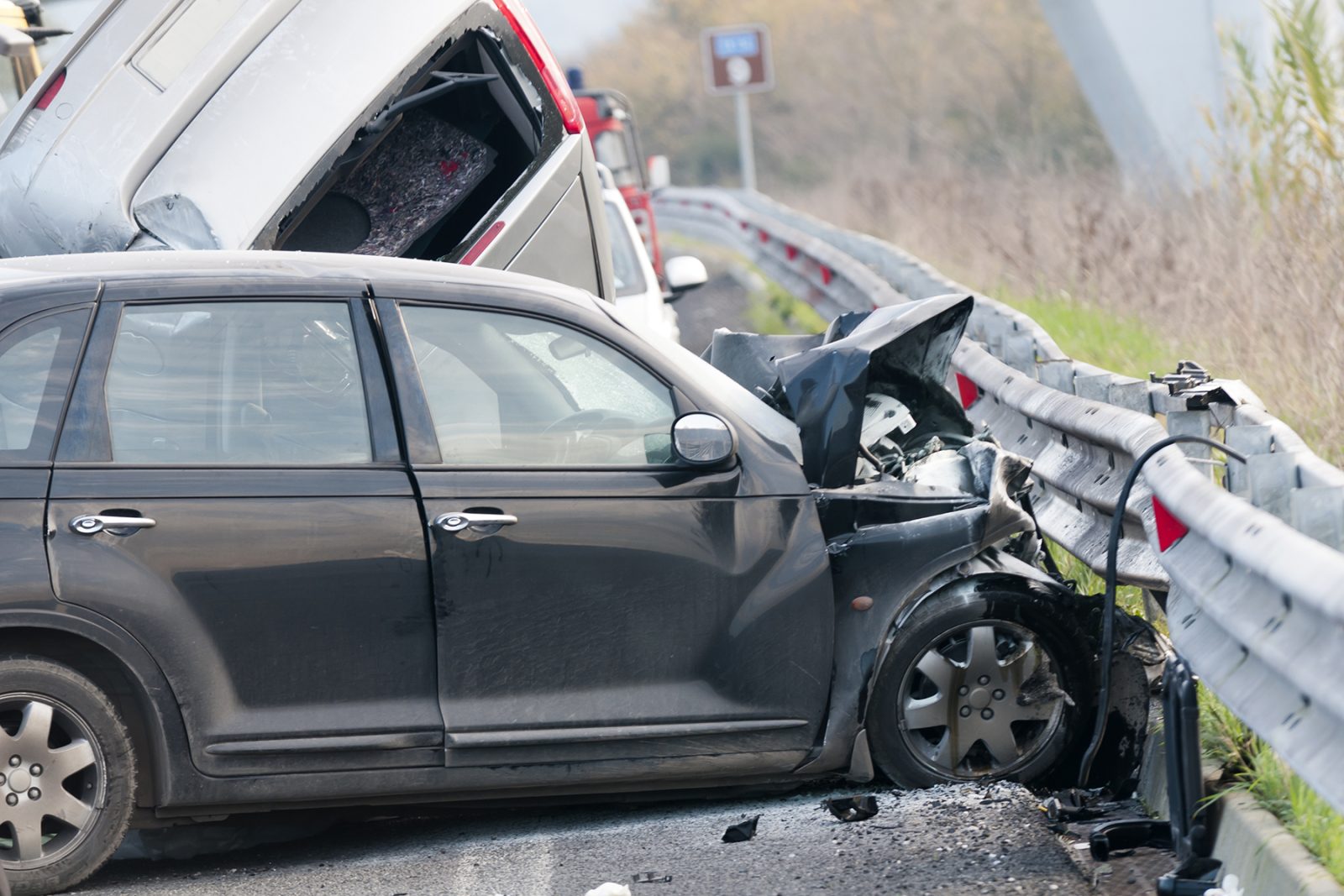Principle 1:
A victim of a road traffic accident is any person, natural or legal, suffering material or nonmaterial damage and/or personal injury, resulting from the use of a motor vehicle in road traffic.
The victim should be entitled to receive compensation in the event that damage or injury has been caused by a person or persons contravening traffic rules in operation at the time of the accident. Ideally, the right to be compensated should also include damage which is not the result of negligence or fault on the part of the driver and which has been caused solely as a result of the operation of the vehicle in traffic.
The victim may lose the right to receive compensation, whether fully or partially, through his or her own fault or negligence.
Over the course of the year, we intend to provide some context and greater awareness of the different principles that make up the Charter of Road Traffic Victims’ Rights. We hope this will help clarify some of the questions, explain some of the ideas behind the Charter and also deliver greater understanding for those who are interested in the Charter.
To begin this process, we look at Principle 1.
By far the longest of the ten principles included, this first principle expresses the very basics behind the Charter.
That is to say when a person is involved in a car accident, that person should be compensated for the damage suffered if it is established that another person is liable for the accident, either based on negligence or based on objective liability.
When another person is liable, the person suffering damage becomes a victim and should be indemnified, in accordance with the rules of law and, moreover, in a decent and respectful way.
When COB, IETL and UNECE were working on the development of the Charter, the drafters considered it appropriate to make it clear that a ‘victim’ is more than a natural person of ‘flesh and blood’ but can also be a legal person. By that, the Charter wants to ensure that ‘victim’ doesn’t just mean those who were directly involved in the accident, but also people who may have suffered as a result of the accident. That may include, for example, the next of kin of someone injured or killed in a road traffic accident, or the owner of a vehicle who was not actually involved in the accident but whose vehicle was damaged.
The language used in this principle also clarifies that both material damage and personal injury are taken into account.
Effectively, the principle seeks to clarify that when it comes to road traffic accidents, a ‘victim’ is someone who:
- Is either a natural or legal person linked to the event.
- Those directly or indirectly impacted by the accident.
- Those who suffer material damage or personal injury.
Another aspect covered by Principle 1 is the reinforcement of the general legal standard that those who commit a wrongful or illegal act (such as driving in a way that causes an accident) must compensate those impacted by that wrongful act. Normally, that is done through their motor insurance.
This is already codified in law in most European countries and the Charter sets to ensure this principle is clearly stated and included, in line with what is recognised in most societies.
The Charter also allows for the advancement of this practice, with liability evolving from being purely fault based to also consider the imminent danger that a vehicle may cause by being brought into traffic.
For vulnerable road users, such as pedestrians or cyclists, it can sometimes be challenging to prove negligent behaviour by a motorised road user. To counter that difficulty, many countries have introduced (or are in the process of introducing), liability rules linked to the operational risk of motor vehicles in traffic.
Since this standard is still evolving at different paces in different jurisdictions, and since there are many differences between the objective liability schemes of different countries, the principle allows room for application aligned with local realities through the use of the word, “ideally”.
The principle also mentions that people “may lose the right to receive compensation”. This measure concerns the Charter’s links to Motor Third Party Liability insurance and the already established practices. However, perhaps the most important words in that particular sentence are further on, when the right to compensation may be lost “fully or partially”. In some countries, vulnerable road users will always be granted some percentage of compensation, even if they themselves are responsible for the accident.
Overall, Principle 1 of the Charter serves as a strong, comprehensive starting point for the ideas behind the Charter. The commitment to helping the victims of road traffic accidents is made clear at the very outset in this detailed principle, which also explains who constitutes a ‘victim’ and the type of ‘damage’ they may occur.
If the Charter as a whole was developed to ensure victims receive the best possible assistance, then Principle 1 explains who that ideal applies to and just what they should receive assistance with.

